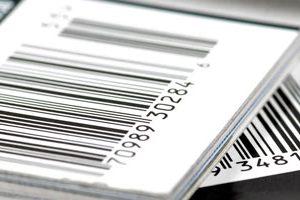21 June 2018
10 ways to create efficiency and innovation in your warehouse
Managing a warehouse is an often-underestimated task, considered as a non-strategic practice and cost. In truth, it is a complex assignment and its strategic position keeps rising into the evolving business contest, due to the digital revolution and the e-commerce development.
Managing a warehouse and its flows shall be carefully optimized to ensure efficiency and good quality, reduce the costs and increase the quality of the operators work; in order to improve the customer satisfaction of clients and in some cases even of the final consumer.
Storage and distribution warehouses are the main actors of this business transformation; hence technological innovation is fundamental.
How to obtain efficiency and upgrade the processes quality?
- The warehouse shall not be seen as either an inevitable cost or an area in which recycling unsuitable employees considered inappropriate for the production management: the warehouse is, at this point, a competitive factor;
- Standardizing the processes;
- Usage of dedicated managing tools (WMS, mapping and paths);
- Maximizing the space management (packaging study and pallet’s height);
- Usage of the current affirmed technology;
- Picking (pick to light, put to light, virtual reality, optimization, automation) optimization;
- Areas optimization (based on sales channels, rotary inventories, process reliability guarantee);
- Identifying, decoding and eliminating issues;
- Checking the different benchmarks (KPI);
- Implementing processes for constant improvement.
A few examples of innovations within storage and distribution warehouse
There are several innovations introduced within the warehouses that have had success (scanner bracelets/rings, glasses with augmented reality, robotic trucks, etc..).
For now, we analyse a less-known but more effective innovation, better on both implementation and performance levels:
The GPS mapping of items stocked in either foreign or not shelved areas
The “service areas mapping” is now performed with easy, low-cost, battery-powered systems: with a (reusable) RFID tag, it is possible to precisely track at any time the item (such as pallets, trucks, machines, cars, coils, etc) stocked either in a closed or opened space, without any need of physical indicators to locate and trace it.
For example, let’s consider a shelved warehouse, namely a warehouse with more levels, in which it is required to use a method of identifying location with bar codes; it may creates discomfort and issues within either closed and opened wide areas.
And here let’s introduce the innovation, the combination of a RFID set on the item with the easy low-cost reader that accurately finds it and tracks its movements with efficiency and rapidity.
The WMS system (warehouse management system) knows both where the terminal is settled (as well as the operator with the forklift) and where is placed the item required, so it leads the operator to the item as a common GPS.
How to manage the innovation within your business warehouse?
To further explore and schedule a free check-up in your business, contact us.

